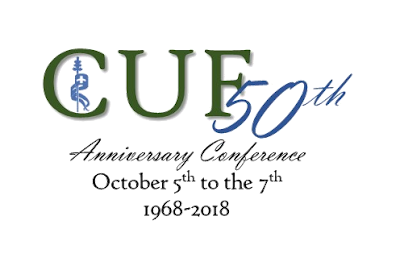Born on 22 July 1559, and dying on 22 July 1619, St. Lawrence of Brindisi lived exactly sixty years. In that time he became a brilliant scholar, a devout and holy priest, a renowned linguist, an outstanding diplomat – and for many of those years he served as the Minister General of the Franciscan Order of Capuchins.
His writings fill fifteen volumes, and his knowledge of Hebrew allowed him to preach so effectively to the Jewish people in Italy that the rabbis were certain that Lawrence must have been a Jew who had become a Christian. His skills in dealing with people meant that he served as a papal emissary to many countries, but he never forgot that he was first and foremost a priest.
There is a very special title accorded by the Church to certain saints, who are named “Doctor of the Church,” and this title indicates that the writings and preaching of such a person are useful to Christians "in any age of the Church." Such men and women are also particularly known for the depth of understanding and the orthodoxy of their theological teachings. St. Lawrence of Brindisi was given this title, and he is one of the thirty-six saints to be named “Doctor.”
For some reason, his father insisted that his baptismal name was to be Julius Caesar, and that was done shortly after his birth at Brindisi in the kingdom of Naples in 1559. Educated in Venice at the College of St. Mark, he entered the Capuchins, and it was upon entering the monastery that he was given the name Lawrence. During his studies at the University of Padua, he showed an aptitude for languages, mastering Hebrew, Greek, German, Bohemian, Spanish, and French, and he also showed an extraordinary knowledge of the text of the Bible.
While still a deacon, St. Lawrence of Brindisi became known as an excellent preacher and after his ordination captured the whole of northern Italy with his amazing sermons. He was sent into Germany by the pope to establish Capuchin houses. While there, he became chaplain to Emperor Rudolf II and had a remarkable influence on the Christian soldiers fighting the Muslims who were threatening Hungary in 1601. Through his efforts, the Catholic League was formed to unify Catholics for the purpose of strengthening the Catholic cause in Europe. Sent by the emperor to persuade Philip III of Spain to join the League, he established a Capuchin friary in Madrid. He also brought peace between Spain and the kingdom of Savoy.
His compassion for the poor, the needy, and the sick was legendary. Elected minister-general of his order in 1602, he made the Capuchins a major force in the Catholic Restoration, visiting every friary in the thirty-four provinces of the order and directing the work of nine thousand friars. He himself was a dominant figure in carrying out the work of the Council of Trent and was described by Pope Benedict XV as having earned "a truly distinguished place among the most outstanding men ever raised up by Divine Providence to assist the Church in time of distress."
Lawrence was canonized by Pope Leo XIII in 1881 and declared a Doctor of the Church by Pope John XXIII in 1959.
O God, who didst bestow on blessed Lawrence of Brindisi, thy Confessor and Doctor, the spirit of wisdom and fortitude to endure every labour for the glory of thy Name and the salvation of souls: grant us, in the same spirit, both to perceive what we ought to do, and by his intercession to perform the same; through Jesus Christ thy Son our Lord, who liveth and reigneth with thee, in the unity of the Holy Spirit, ever one God, world without end. Amen.

















